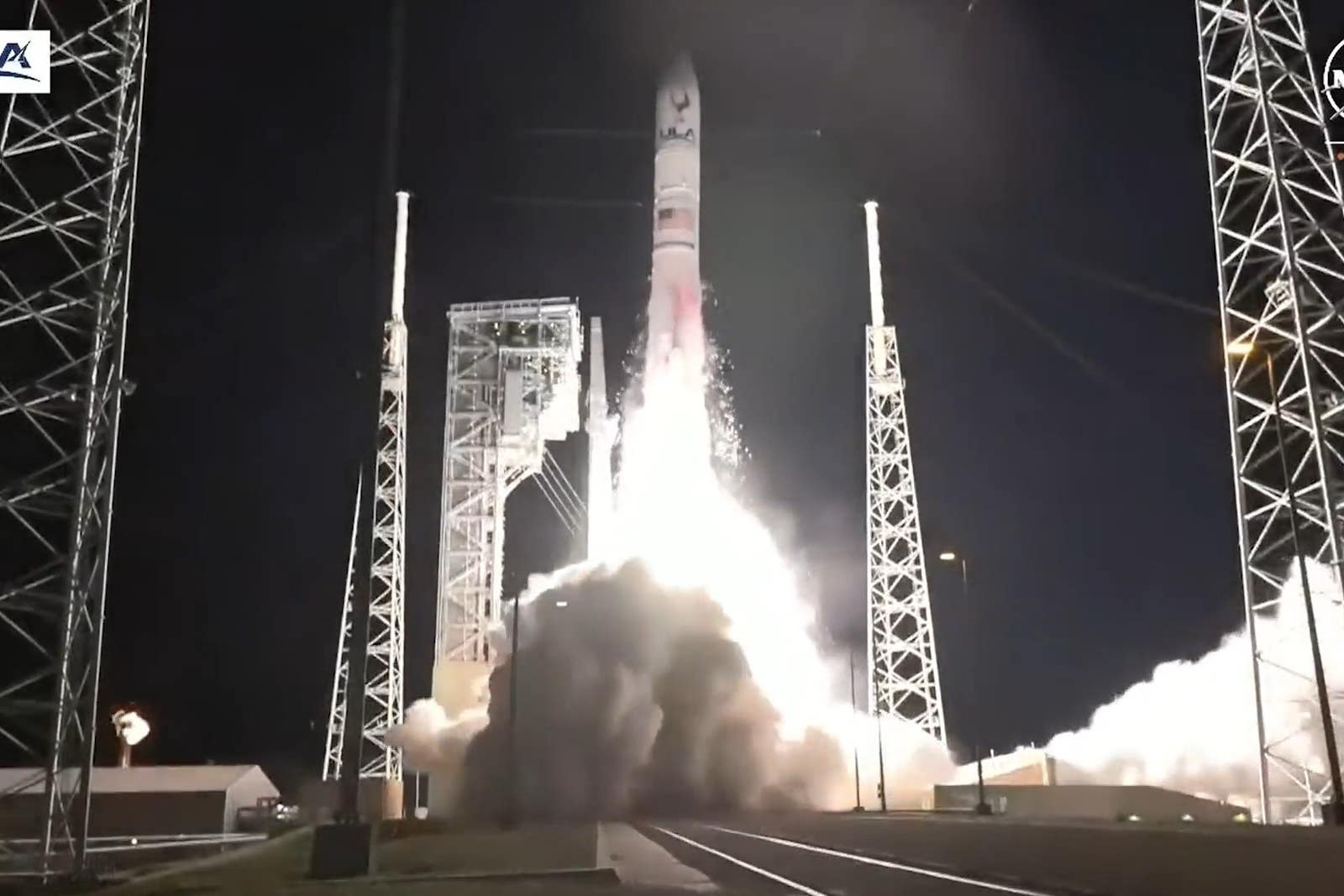Scientists rush to gather as much data as possible from doomed Moon lander
Peregrine spacecraft is rapidly running out of fuel and ‘faces a limited lifetime’

Scientists are rushing to get as much data as possible from a doomed lunar lander before it shuts off forever.
Peregrine Mission One set off from Earth on Monday morning, aiming to become the first American spacecraft to land on the Moon’s surface in 50 years. But soon after launch its creators, Astrobotic, said the mission had hit an “anomaly” and was likely doomed.
A fuel leak had meant that the craft wouldn’t make it to the Moon’s surface, it said.
In a statement on X, formerly Twitter, the company said its engineers had managed to orient the spacecraft towards the Sun so the solar panel could absorb sunlight and charge its battery.
However it added that the Peregrine’s thrusters – which are supposed to help maintain its flight path – are now having to operate “well beyond their expected service life cycles”, to stop the lander from veering.
Dr Simeon Barber, who helped develop a key sensor called the Exospheric Mass Spectrometer on an onboard instrument known as the PITMS (Peregrine Ion Trap Mass Spectrometer), told the PA news agency that he and his colleagues “are working shifts to maximise the returns from the exospheric mass spectrometer” as “Peregrine faces a limited lifetime”.
The 1.2-tonne probe – about the size of a garden shed – was launched from Cape Canaveral in Florida, and the aim of the mission was to land on February 23.
But shortly after separating from United Launch Alliance’s Vulcan Centaur rocket, the Astrobotic team found that Peregrine was struggling to achieve a stable position pointing towards the Sun.
The company said there is now less than 40 hours of propellant (fuel) left before the spacecraft loses power and starts tumbling.
It said: “At this time, the goal is to get Peregrine as close to lunar distance as we can before it loses the ability to maintain its Sun-pointing position and subsequently loses power.”
The Exospheric Mass Spectrometer would have been the first instrument on the Moon built in the UK and in Europe.
Its key aim was to analyse the thin lunar atmosphere as well as find out more about how water might be moving around the Moon.
Astrobotic is the first of three US companies to attempt to send a spacecraft to the Moon as part of Nasa’s Commercial Lunar Payload Services initiative.
Two other commercial ventures – Intuitive Machines and Firefly – have planned missions to the lunar surface this year.
A spokesman for the UK Space Agency, which provided £14 million in funding to develop the PITMS instrument through its European Space Agency membership, said: “The Astrobotic team is working hard to get the Peregrine lunar lander as close as possible to the Moon on limited fuel reserves, and we are monitoring the situation.
“Launching into space is inherently challenging, and we want to thank everyone at the Open University and RAL Space who contributed their expertise to the science instrument on board the mission.
“This is the first of a new wave of commercial missions to the lunar surface, so there is plenty more to come in 2024.”
Additional reporting by Press Association
Subscribe to Independent Premium to bookmark this article
Want to bookmark your favourite articles and stories to read or reference later? Start your Independent Premium subscription today.
